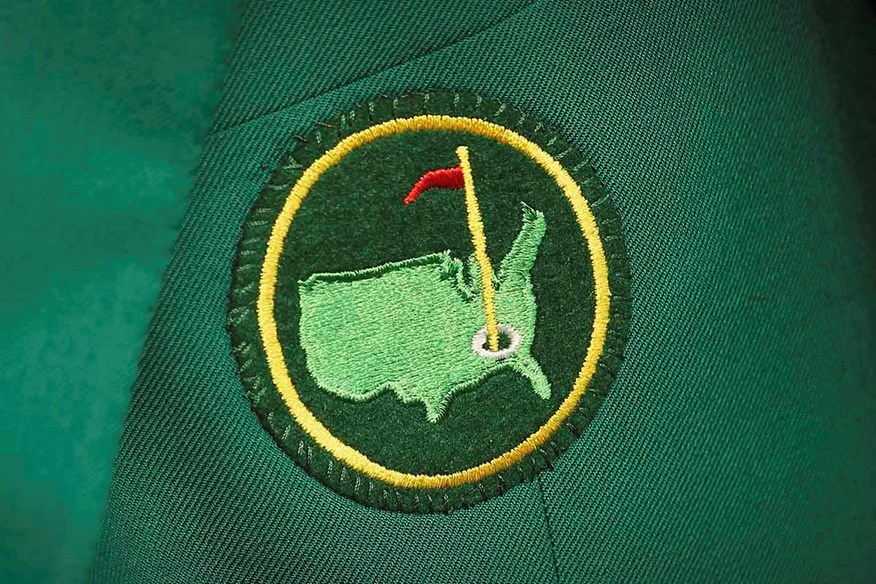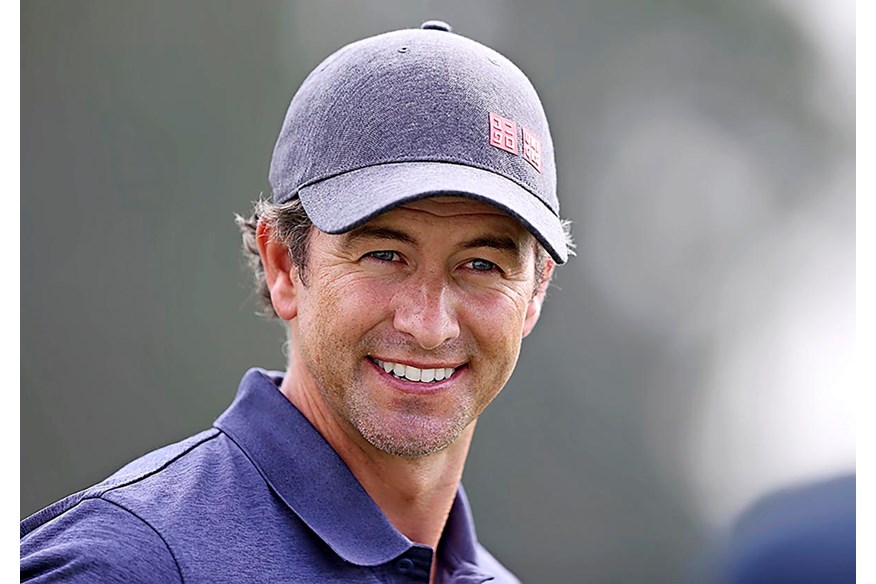12 Masters champions reveal exactly what it takes to win at Augusta
Published:
What’s the secret to winning a Green Jacket? We asked the men who know best – former Masters champions – to reveal all…
To find out what it takes to crack the Augusta code, we spoke to 12 Masters champions – with 22 victories between them – and asked what they feel are the keys to success.
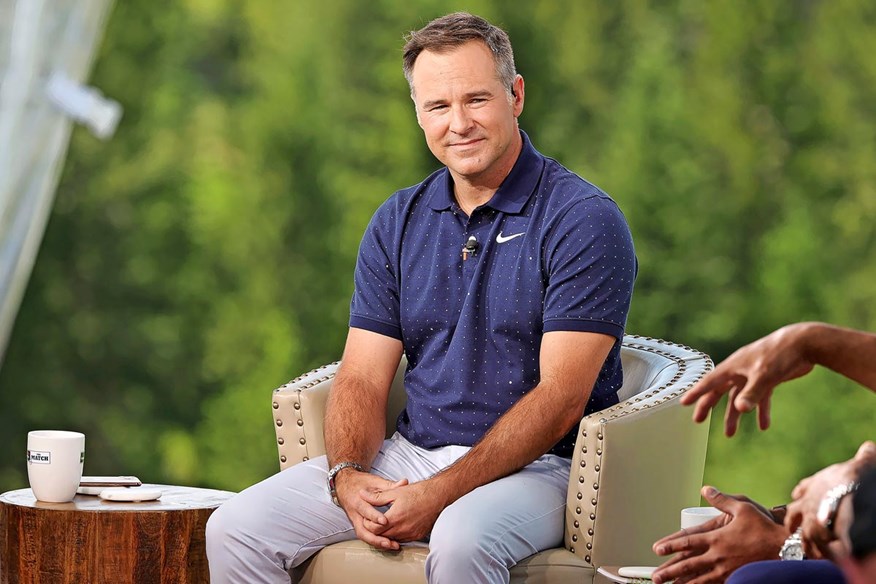
Trevor Immelman (2008 Masters champion)
Augusta has become a much harder driving course over the years. There are many tee shots that are quite narrow, starting at the 1st and even the 2nd now. They’ve drawn the tee box further back, which makes it a lot harder. Five is tough with the bunkers, the 7th has become a lot narrower. Nine as well, 11, 14… and then 17 and 18 are the two toughest tee shots of the day. A lot of people think you can tee it high and let it fly, but it’s changed.
Driving is more important than people realize, but it’s still a second-shot course. If you can leave your ball in the right places on the greens to the different pins, it can provide you with some solid opportunities. But if you short-side yourself, or leave yourself putting downhill or across the slopes, you will have a real problem.

Adam Scott (2013 Masters champion)
There’s always been that kind of folklore that it’s a good course to draw the ball, yet some of the most dominant players that have done well – like Nicklaus and Faldo and even Dustin winning – generally faded the golf ball.
There’s certainly been a big push on distance. That’s what everyone is talking about, but I think being efficient with your driving is such a helpful thing at Augusta. You don’t have to be the longest but if you can get it in play, you can create a lot of opportunities. For me, you’ve got to be very clear and not get up on the 13th tee, thinking ‘The wind is really good for me to hit driver over the corner off the tee’. It’s about sticking to your gameplan – having that clarity and calmness.

Patrick Reed (2018 Masters champion)
The par 5s are massive at Augusta. If the wind is favorable, 2 is reachable. The same with 8, if it’s downwind. 13 is reachable, no matter what the wind is doing, and 15 is technically reachable in certain conditions, but that’s probably the hardest one to get to and keep the ball on the green. But you have to play well on the par 5s to have a chance. They’re technically supposed to be the easy holes, and there are plenty of others out there that are very difficult and leave you scrambling to make pars on. So, you make up your shots by playing the par 5s well. That was the important thing when I won; hitting the ball straight off tees on the par 5s and being able to attack from the fairway. From there, getting the ball either on the green or close to it enabled me to make the occasional eagle and lots of stress-free birdies.
It’s hard to aim away from flags, but there are some holes where you’ve got a pitching wedge or 9-iron in your hand and are purposely trying to hit it to 30 feet away from the pin so it rolls towards the flag. It’s hard mentally to think that way. So many times I’ve gone right at the flag, seen my ball land six feet from the hole, and watched it roll to 30 feet, leaving me with an impossible putt.
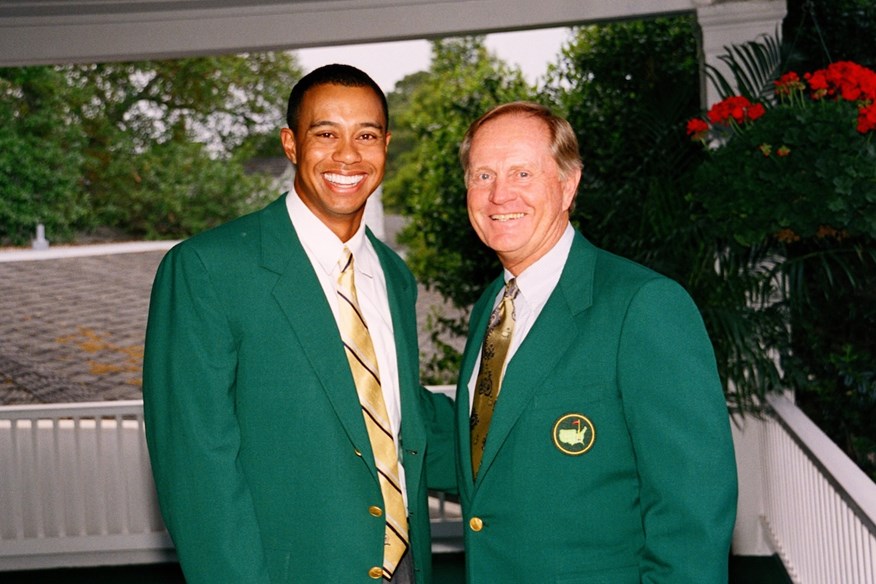
Jack Nicklaus (Masters champion in 1963, 1965, 1966, 1972, 1975, and 1986)
There are probably half a dozen shots that you have to watch out for. The tee shot at 2, second shot at 11, tee shot at 12, tee shot and second shot on 13, and the second shot on 15.
Outside of that, the rest of the golf course is not that difficult, but you’ve still got to watch out for it. As far as giving you fits and concern, the second shot at 11 stands out because it looks so inviting and you know that you really can’t be stupid and hit the ball at the hole. The wind comes across there and all of a sudden the ball balloons up and gets in the water pretty easily, so you just can’t do it.
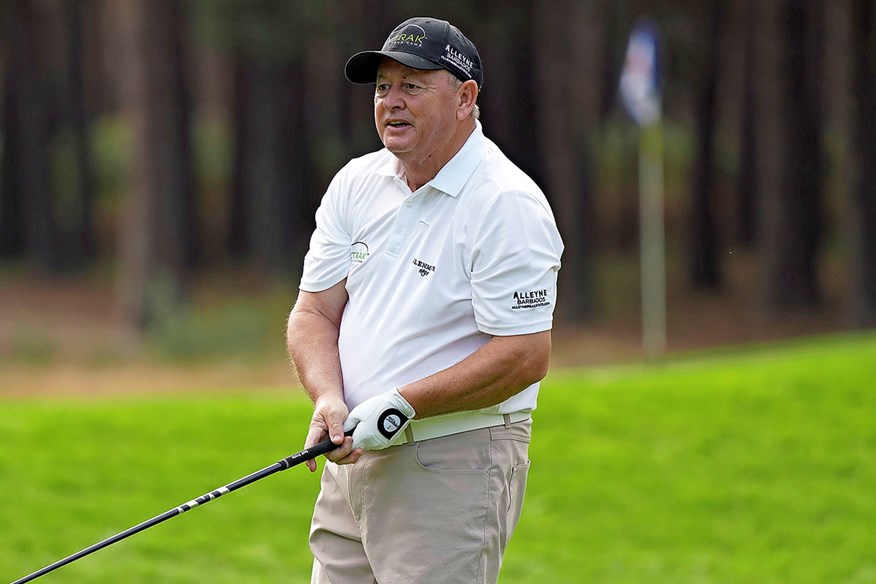
Ian Woosnam (1991 Masters champion)
Hitting to the greens is like trying to land a ball on a kitchen table. You have to get the ball in the right spots. If you don’t, chances are you are going to struggle to not three-putt. That’s why I did well there. My iron play was really good in 1991. I was hitting to the spots I was aiming for, which were not necessarily right by the flag, of course. I think I am high on the list of those who won the tournament with ‘most putts’. But I was getting a lot of easy two-putts. That’s how I always tried to play Augusta.
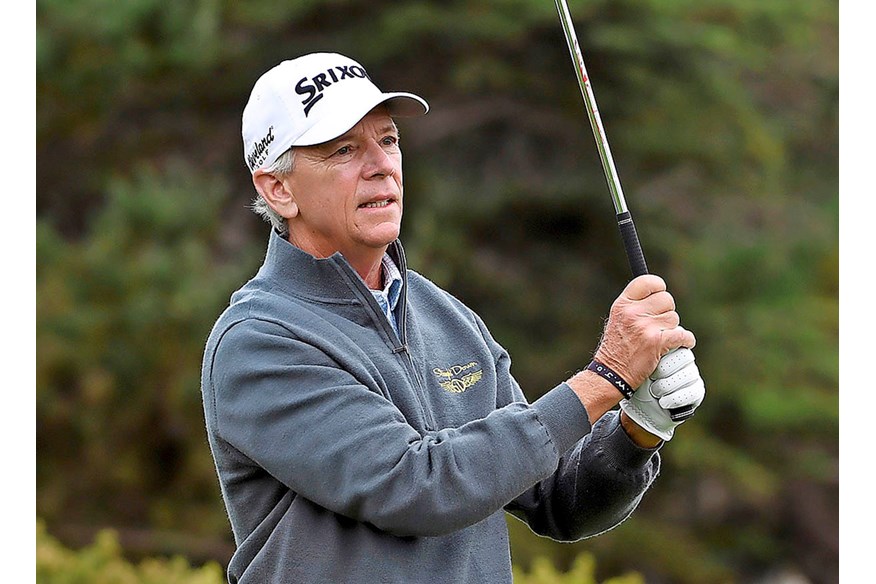
Larry Mize (1987 Masters champion)
The front nine is an awfully good test of golf. From the 3rd to the 6th is a very good stretch that truly represents Augusta’s challenge. It requires a firmly struck wedge or short iron into No.3 and an accurate long iron or utility on the par-3 4th. It requires a certain kind of shot. Six is just a great hole, simply because the ball is in the air for so long. It’s a significant challenge in distance control and you have to find the proper tier on that green. Get through 3-6 in good shape and you’re off to a great start to your round.

Nick Faldo (Masters champion in 1989, 1990 and 1996)
Reading Augusta’s greens is like trying to read a rollercoaster. The 1st and the 10th immediately spring to mind, where the ball breaks a mile. However you read it, just double it, maybe even double it again. At 10, I once had a 40-footer that broke 20 feet.
I’ve always said you should never get wound up on the greens. My mantra at Augusta was always to ensure that if I missed, I left my return putt in the right quadrant to ensure the one coming back was only left or right edge. If you miss it leaving a six-footer with a foot of break, that’s hell! You might make a few, but you’ll wear yourself out by the end of the week.
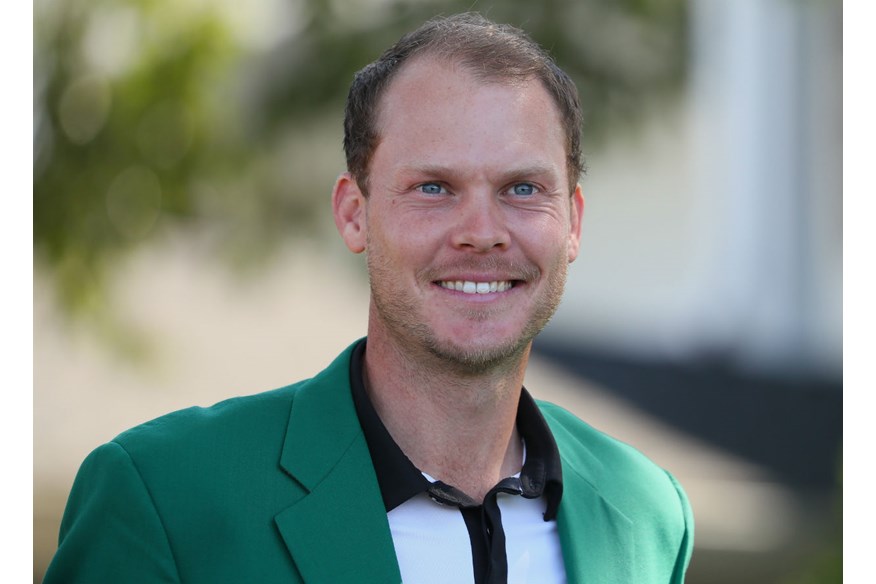
Danny Willett (2016 Masters champion)
I wouldn’t necessarily say that the course is difficult, because if you look at some of the scores when the conditions have been soft, it’s actually conducive to low scoring. It gives you a lot of chances. They keep making changes, but the interesting thing is there’s not that much rough. After the semi, you are in the trees and because the lowest branches aren’t really that low, it lends itself to some really cool, creative shotmaking – everyone remembers Phil’s shot through the trees a while back. Often you’ll have a reasonably decent lie from the pine needles which then gives you the chance to spin it and hook it or cut it around a tree to escape.
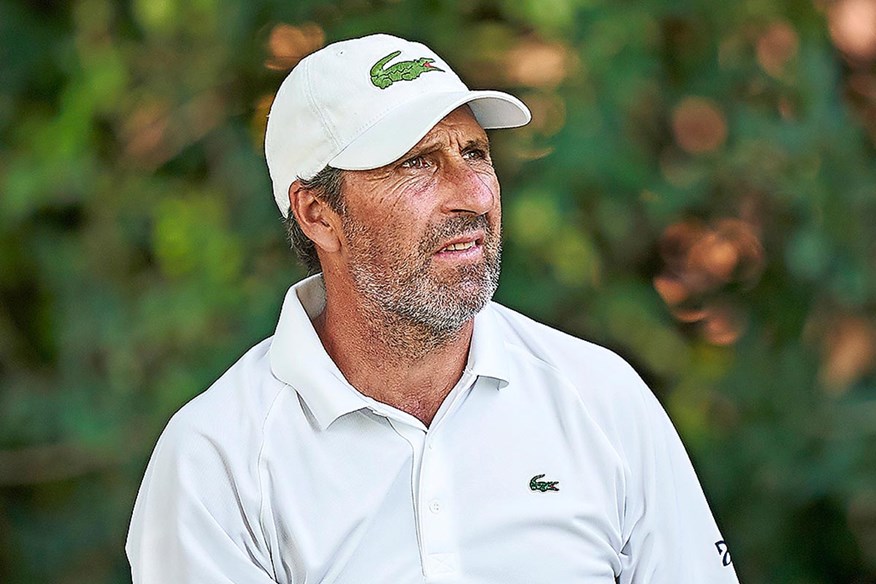
Jose Maria Olazabal (1994 and 1999 Masters Champion)
A detail that not many people know is that around the greens the grass grows into you, not away from you, which makes executing delicate chips even more difficult. If you get out of position around the greens, it doesn’t matter how good you are, you have no chance.
It’s a very tough course for rookies. You need to know how to use the contours, and that with certain pin positions, you don’t even look at the flag. Modern players aren’t used to doing that. Tell a young guy with a wedge in his hands that he needs to aim eight yards right of the hole and he’ll look at you like you’re crazy. But at Augusta, there are pins you just don’t take on.
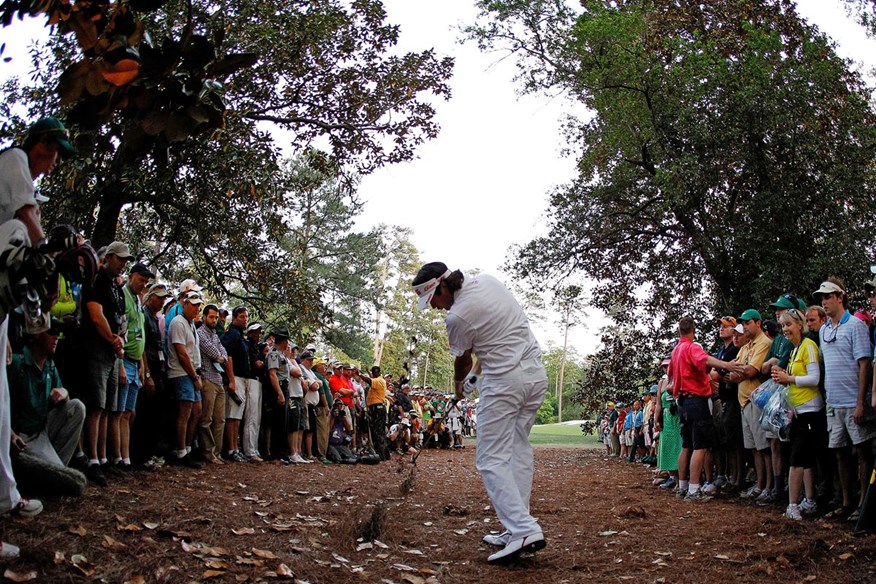
Bubba Watson (2012 and 2014 Masters champion)
Sometimes if you’re in a tricky spot, you’re better off missing the green because you’ve got an easier chance for par from there. So, for me, it’s all about iron play. If I can put my irons in the right spot and where I can make two putts, that’s success for me.
See how Bubba Watson tackles every hole at Augusta National in our full course guide.

Dustin Johnson (2020 Masters champion)
To every flag, there is a spot where you can miss it and leave a really easy up and down. But if you get out of position and take on the wrong flags you can leave yourself an impossible task to get up and down. You have to play it smart and if you do that you can put the ball in good positions.

Bernhard Langer (1985 and 1993 Masters champion)
You really need creativity, imagination, and touch. I like that challenge. You have to really think your way around this golf course. That may be one of the reasons that still allows me at this age to be somewhat competitive, because I’m hitting 2-hybrid, 3-irons, 4-irons, whereas some of these guys hit 7-, 8-, 9-irons. It’s about knowing where to miss and then hopefully having a good short game to make up for that.
READ NEXT: Tour caddies reveal what they really think of Augusta (and they didn’t hold back!)
-
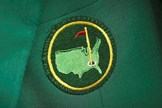
-
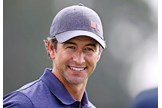 Adam Scott won the Masters in 2013
Adam Scott won the Masters in 2013
-
 Bernhard Langer won the Masters in 1985 and 1993
Bernhard Langer won the Masters in 1985 and 1993
-
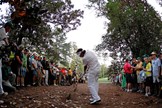 Bubba Watson hit one of the most iconic shots in Masters history on the 10th hole.
Bubba Watson hit one of the most iconic shots in Masters history on the 10th hole.
-
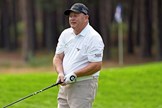 Ian Woosnam won the Masters in 1991
Ian Woosnam won the Masters in 1991
-
 Jose Maria Olazabal won the Masters in 1994 and 1999
Jose Maria Olazabal won the Masters in 1994 and 1999
-
 Larry Mize won the Masters in 1987
Larry Mize won the Masters in 1987
-
 Nick Faldo won the Masters in 1989, 1990 and 1996
Nick Faldo won the Masters in 1989, 1990 and 1996
-
 Trevor Immelman won the Masters in 2008
Trevor Immelman won the Masters in 2008
